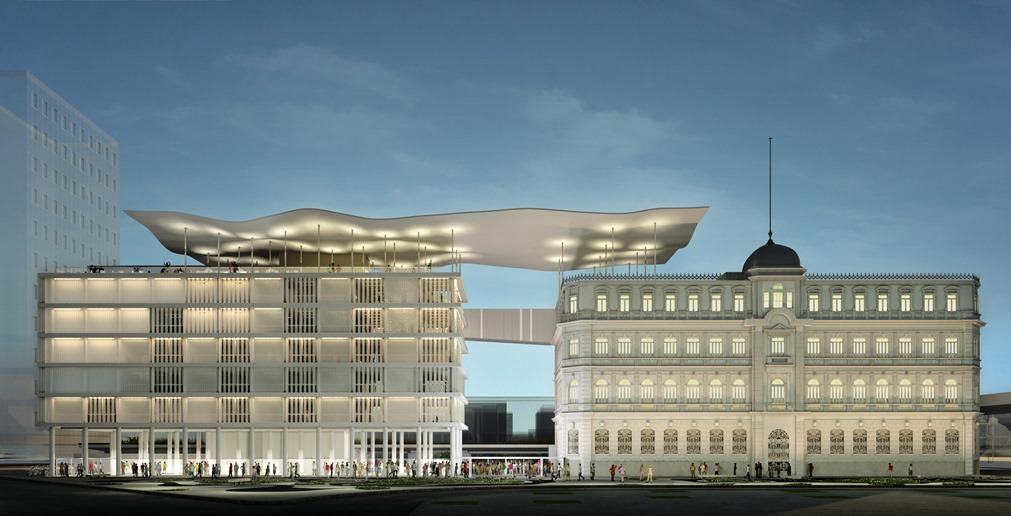RIO DE JANEIRO, BRAZIL – Despite the relaxation stages enforced by the Rio de Janeiro City Hall and the State Government, the city’s museums and cultural venues are still closed to the public. Faced with such a scenario, these history-rich spaces are adjusting to the new reality.
In the films of the trilogy “Night at the Museum”, directed by Shawn Levy and written by Robert Ben Garant and Thomas Lenno, based on the children’s book by Milan Trenc, the historical collection of a museum comes to life when there is no one visiting the venue. If something like this has happened around here, no one knows. But in order to keep everything running smoothly while dreaming of the return to normal activities, some measures are being taken.
“The isolation resulting from the Covid-19 pandemic has created many challenges for us at the Museology department of MAM Rio. We had never been forced to distance ourselves from the museum’s collection and were faced with a lack of technical parameters and recommendations on how to proceed regarding the security of collections, the museum, and staff during this period.

“We then decided to seek colleagues from other institutions for an exchange of information on how everyone was dealing with this unprecedented moment and, like us, trying to establish basic guidelines in the face of the pandemic,” said Camila Pinho, a museologist at MAM Rio.
As a result of contact with other professionals from diverse cultural institutions and functions, a working group headed by ICOM Brasil (International Council of Museums) was formed and, following online meetings, the document “Recommendations of ICOM Brasil in Relation to Covid-19” was written in a cooperative and democratic process by 68 people from 33 different institutions. It was this document that guided both the measures adopted within the Museum of Modern Art (MAM Rio) during this time, as well as in several national institutions.
“The easy implementation of the guidelines contained in this document for cultural institutions of different typologies and realities is the result of a process focused on interdisciplinarity and cooperation and shows the strength of the heritage conservation field in Brazil. I had the honor of receiving the award in the “Museum professions” category of this same forum, representing MAM Rio,” emphasized Camila Pinho.
“The path for developing this document and its impact were the study subjects of a work I presented at the Young Professionals Forum in Turin, Italy. Organized in early July by Centro Conservazione e Restauro La Venaria Reale, this international meeting for young heritage professionals also included partnerships with other institutions such as ICOM Italy, ICCROM, the International Institute for Conservation of Historic and Artistic Works in London, and the University of Turin.”
“Despite its doors being closed to the public, museum activities are underway and can be viewed online. For instance, at the MAM, there is a tribute to Wanda Pimentel (1943-2019), which compiles some 20 of her almost 30 works in our collection, showing the public important aspects of her production, such as paintings with a strong color palette, and a mechanical and impersonal processing of the image.”
One of the most popular spaces dedicated to arts and culture in Rio de Janeiro, the Banco do Brasil Cultural Center (CCBB-RJ), displays its first fully online exhibition: the 2nd Egyptian Contemporary Film Festival. Available until August 23rd, the selection includes Egyptian seventh art hits released between 2011 and 2019 that please fans of various genres: from fiction to documentaries, from mainstream to independent, from comedy to horror. To follow the show, register on the website.
Since the pandemic reached Brazil and social isolation measures were implemented, the relevance of culture and arts has been emphasized. And rightly so. As the poet Ferreira Gullar said: “Art exists because life is not enough.” When reality is as hard as the one we are experiencing, this makes even more sense.

